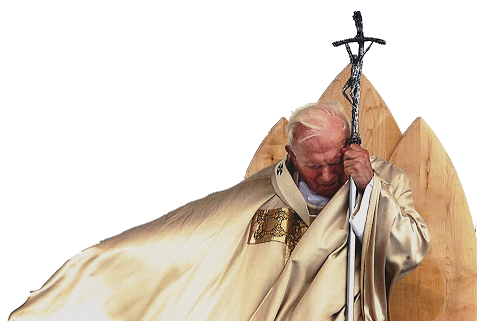
(Part One)
Early Christian tradition identified these works as letters of John the apostle. Because of their resemblance to the fourth gospel in style, vocabulary, and ideas, it is generally agreed that both works are the product of the same school of Johannine Christianity. The terminology and the presence or absence of certain theological ideas in 1 John suggest that it was written after the gospel; it may have been composed as a short treatise on ideas that were developed more fully in the fourth gospel. To others, the evidence suggests that 1 John was written after the fourth gospel as part of a debate on the proper interpretation of that gospel. Whatever its relation to the gospel, 1 John may be dated toward the end of the first century. Unlike 2 and 3 John, it lacks in form the salutation and epistolary conclusion of a letter. These features, its prologue, and its emphasis on doctrinal teaching make it more akin to a theological treatise than to most other New Testament letters.
The purpose of the first letter is to combat certain false ideas, especially about Jesus, and to deepen the spiritual and social awareness of the Christian community. Some former members of the community refused to acknowledge Jesus as the Christ and denied that he was a true man. The specific heresy described in this letter cannot be identified exactly, but it is a form of Docetism or Gnosticism; the former doctrine denied the humanity of Christ to ensure that his divinity was untainted; and the latter viewed the appearance of Christ as a mere stepping-stone to higher knowledge of God. These letters reject these theological errors with an appeal to the reality and continuity of the apostolic witness to Jesus. The author affirms that authentic Christian love, ethics, and faith take place only within the historical revelation and sacrifice of Jesus Christ. The fullness of Christian life as fellowship with the Father must be based on true belief and result in charitable living; knowledge of God and love for one another are inseparable, and error in one area inevitably affects the other. Although the author recognizes that Christian doctrine presents intangible mysteries of faith about Christ, he insists that the concrete Christian life brings to light the deeper realities of the gospel.
The structure and language of the letters are straightforward yet repetitious. The author sets forth the striking contrasts between light and darkness, Christians and the world, and truth and error to illustrate the threats and responsibilities of Christian life. The result is not one of theological argument but one of intense religious conviction expressed in simple truths. The letter is of value for its declaration of the simultaneous humanity and divinity of Christ as an apostolic teaching and for its development of the intrinsic connection between Christian moral conduct and Christian doctrine.
Written in response to similar problems, the Second and Third Letters of John are of the same length, perhaps determined by the practical consideration of the writing space on one piece of papyrus. In each letter the writer calls himself “the Presbyter,” and their common authorship is further evidenced by internal similarities in style and wording, especially in the introductions and conclusions. The literary considerations that link 2 John and 3 John also link them with the First Letter and the Gospel of John. The concern with “truth,” Christology, mutual love, the new commandment, the antichrist(s), and the integrity of witness to the earthly Jesus mark these works as products of the Johannine school. The identity of the Presbyter is unknown. The use of the title implies more than age and refers to his position of leadership in the early church. The absence of a proper name indicates that he was well known and acknowledged in authority by the communities to which he writes. Although traditionally attributed to John the apostle, these letters were probably written by a disciple or scribe of the apostle. The traditional place and date of composition, Ephesus at the end of the first century, are plausible for each letter.
The Second Letter is addressed to “the chosen Lady” and “to her children.” This literary image of a particular Christian community reflects the specific destination and purpose of the letter. Unlike 1 John, this brief letter (the shortest ‘book’ in the Bible) is not a theological treatise but a reply to problems within the church. The Johannine themes of love and truth are used to support practical advice on Christian living. The Presbyter encourages community members to show their Christianity by adhering to the great commandment of mutual love and to the historical truth about Jesus. The false teaching present among them is a spiritualizing Christology that may tempt some members to discount teachings about the incarnation and death of Jesus the Christ. For protection of the church, the Presbyter forbids hospitality toward unknown or “progressive” Christians to prevent their infiltration into the community. The Second Letter preserves the Johannine concerns of doctrinal purity and active love in the form of pastoral advice to a threatened community.
More on these letters tomorrow.
May God Bless You and Grant You His Peace!

